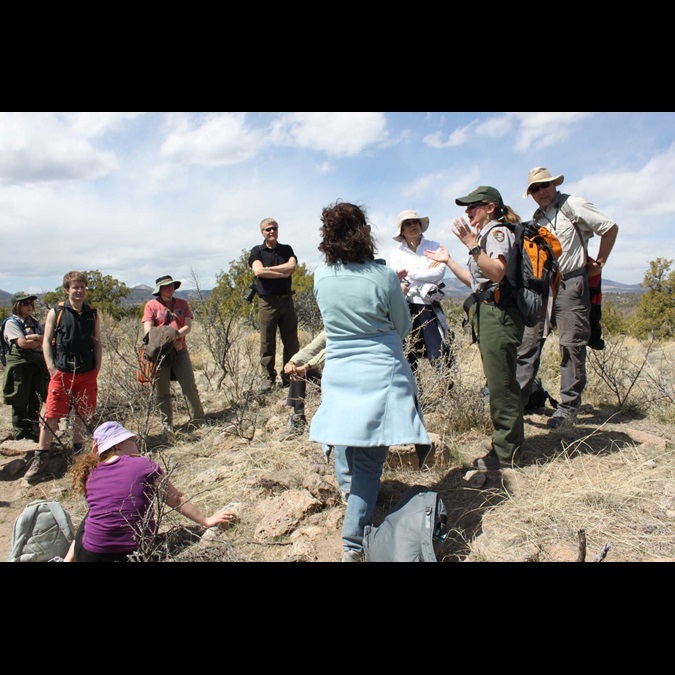
SCIENCE COMMUNICATiON: HOW TO CRAFT AN ELEVATOR PITCH
Explaining your work
One of the most terrifying questions scientists can get is “What do you do?” Even non-scientists are known to freeze up when asked this question. This phenomenon illustrates that, while we all should be able to explain what we do briefly and simply—without fear—it can often be challenging.
This type of response is known as the “elevator pitch,” for explaining what you do in the time it takes to ride an elevator. In addition to speaking to someone in an actual elevator, an elevator pitch is useful when anyone, other scientists included, asks “What do you do?” Being able to explain your science in a quick, efficient way helps non-scientists access your science to improve public perceptions of science and scientists and ensures that science that enters the public eye is accurate and not misinterpreted. We offer tips to help you ace any opportunity to explain your work.

Tips for crafting your pitch
-
1Reel ‘em in with a one-liner. If you had one sentence to explain your research, what would you say?
-
2Don’t use jargon. Words commonly used in your scientific discipline might get in the way of your audience clearly understanding your science. Learn how to speak with simplicity and precision.
-
3Draw them in. Explain what the major question or problem you are studying is and share what you’ve found or what’s next. Be sure to let them know why it matters and showcase the value of science.
-
4Keep it short; under two-minutes. Craft an introduction and use your one-liner to start things off. Don’t try to cram an entire thesis into two minutes. Distill your message and your science down to a highlight reel.
-
5The main point of an elevator pitch is that it can be universal. Think about whether it could be understood by a wide audience.


